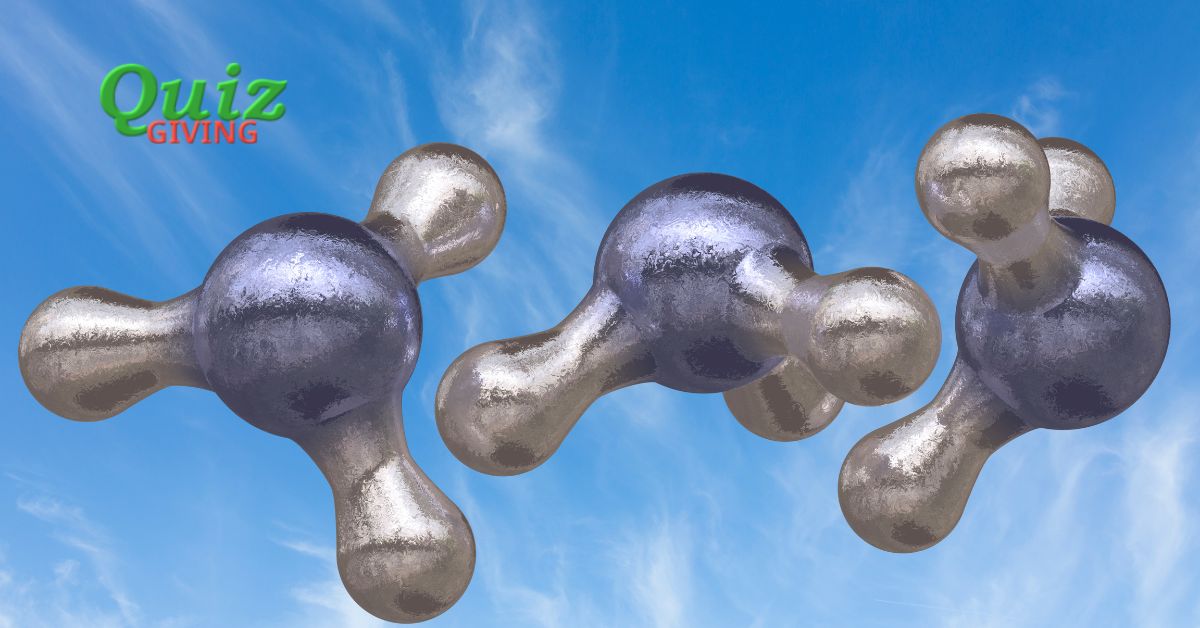Are you ready to dive into the fascinating world of molecules and gases? If so, then you’re in for a treat with our latest quiz: The Dance of Molecules: Kinetic Theory of Gases Quiz Expanded. This quiz is designed to test your knowledge on the kinetic theory of gases, a fundamental concept in chemistry and physics.
Did you know that according to this theory, gases are made up of tiny particles called molecules that are constantly in motion? These molecules move in a random and chaotic manner, colliding with each other and the walls of their container. The speed and energy of these molecules determine the temperature and pressure of the gas.
In this quiz, you’ll be challenged with questions that explore the behavior of gases at different temperatures, pressures, and volumes. You’ll also get a chance to test your understanding of concepts like Boyle’s Law and the ideal gas law.
DID YOU KNOW
– The Kinetic Theory of Gases states that gases are made up of tiny particles (atoms or molecules) that are in constant motion. These particles move in straight lines until they collide with each other or with the walls of their container. The theory also explains that the temperature of a gas is directly related to the average kinetic energy of its particles.
– According to the Kinetic Theory of Gases, the volume of a gas is mostly empty space. The particles in a gas are so small and far apart that the volume they occupy is negligible compared to the total volume of the gas. This is why gases can be compressed easily, as the particles can be pushed closer together without much resistance.
– The Kinetic Theory of Gases helps explain why gases can diffuse and mix so quickly. Since the particles in a gas are in constant motion, they can easily spread out and mix with other gases. This is why when you open a bottle of perfume in one corner of a room, the scent quickly spreads throughout the entire space. The rapid diffusion of gases is a direct result of the kinetic behavior of their particles.

